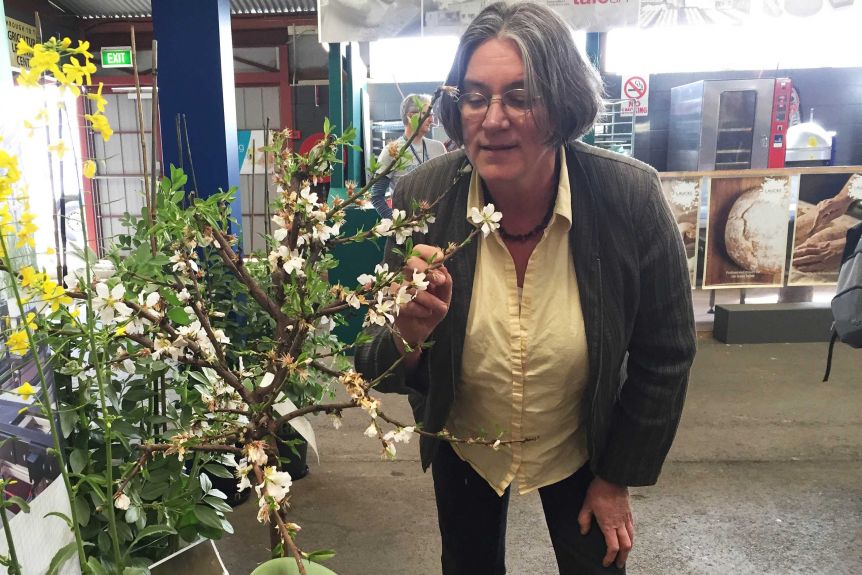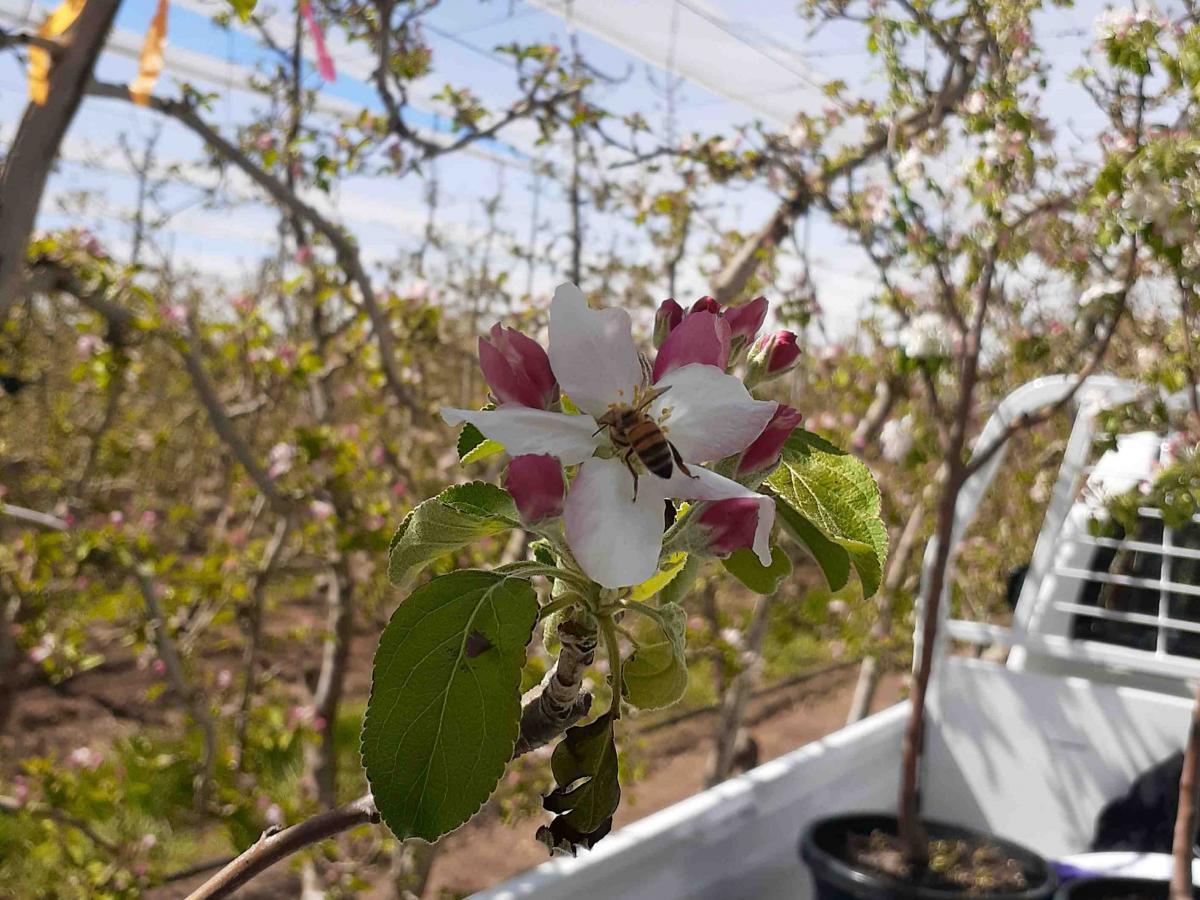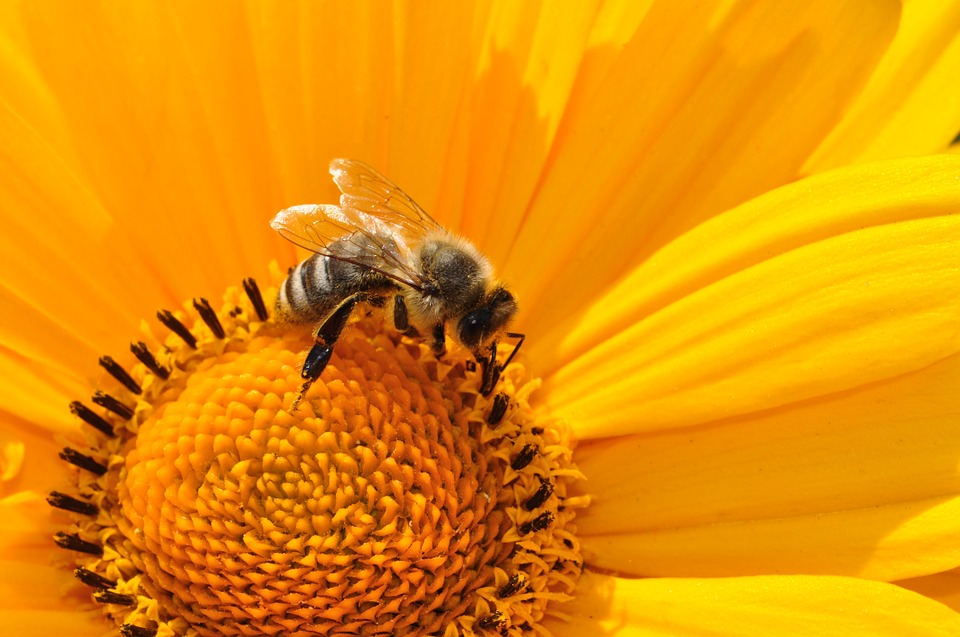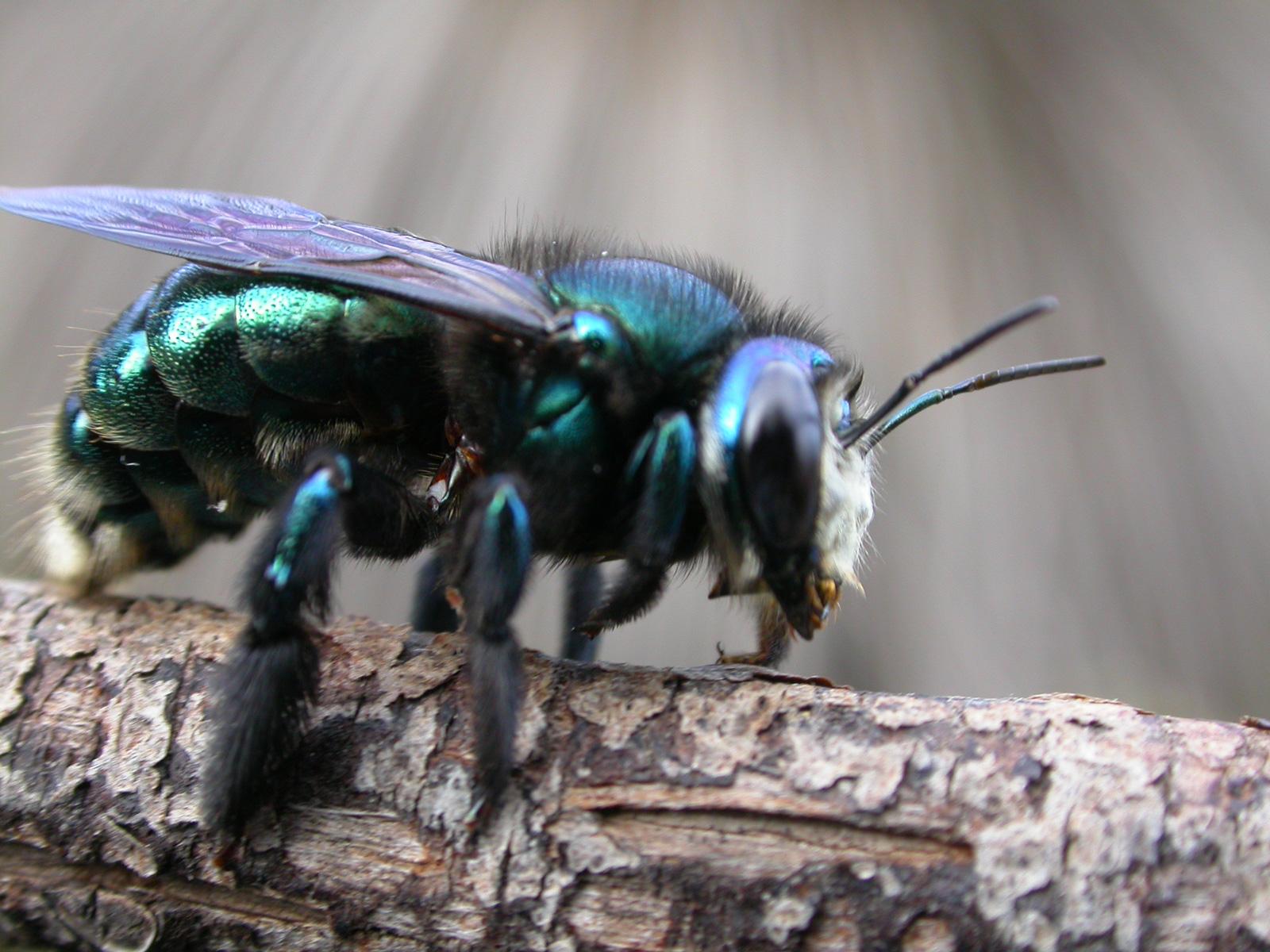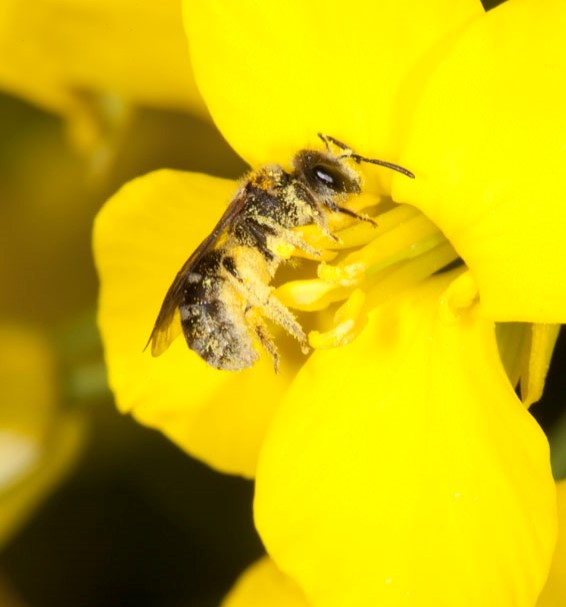La Niña’s cool, but dry weather conditions provided less pollen and nectar for bees.
University of Adelaide and Environment Institute member, researcher Dr Katja Hogendoorn said dry periods were having a “major impact” on feed availability for native and honey bees.
“The very hot summers and heatwaves during spring cause the flowers to dissipate very quickly,” she said.
“Eucalypts appear to flower without producing much nectar at all. Nectar is produced by glands in flowers – it requires an uptake of water, and if the water cannot be taken up then nectar cannot be produced in copious amounts. Not every summer is extremely hot… but the average temperature has gone up and the heatwaves have become longer and more intense.
“Climate change is happening and that has been predicted by scientists for a very long time.”
Dr Hogendoorn has been researching ways farmers can revegetate their land to attract native and farmed bees while improving their pollination outcomes.
“I was trying to find out what the farmer can plant and how much that benefits them,” she said. “Generally, native vegetation in a proximity of 200 metres from the crop can benefit crop pollination.”
Producers have reported honey yields dropping up to 40 per cent below average in what has been a “frustrating” year, with supplementary feeding becoming more common.
Originally featured in the NewDaily.

